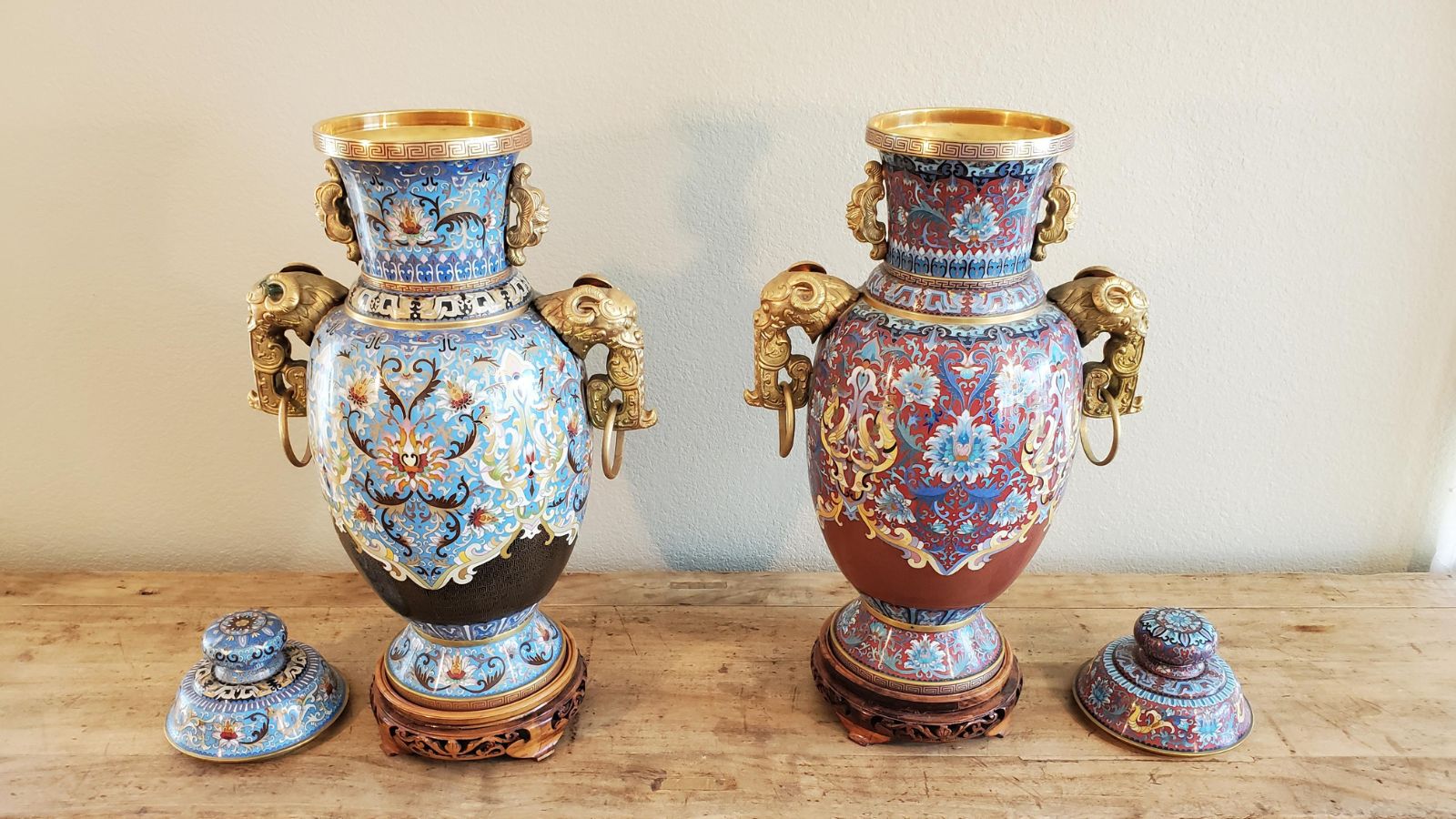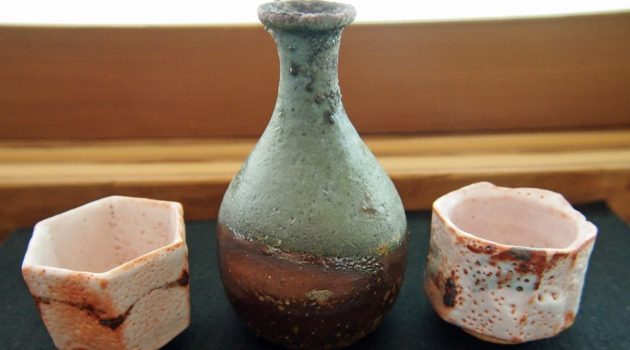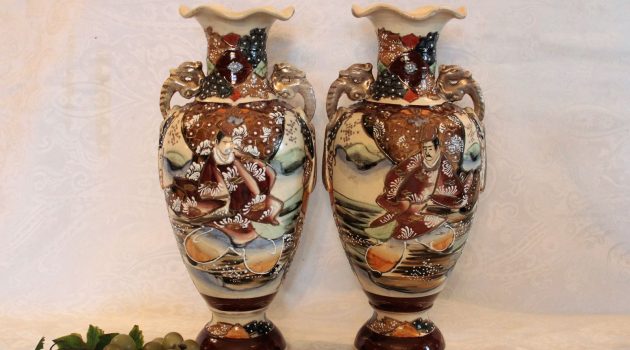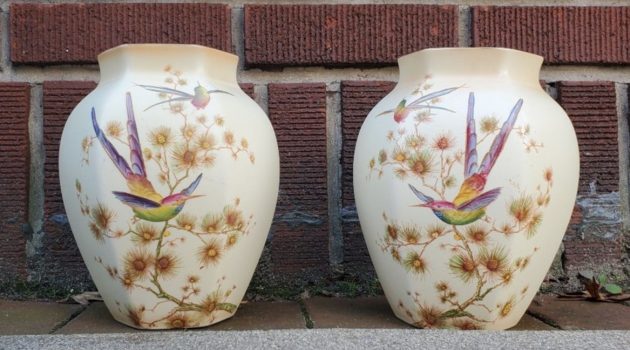Identifying an antique Chinese vase can be a thrilling adventure, steeped in history and artistic merit.
These vases are not only beautiful decorative pieces but also valuable cultural artifacts that reflect the craftsmanship of ancient dynasties.
The allure of owning a piece of history drives many enthusiasts to seek out these exquisite porcelain works.
Determining the authentic age and value of a Chinese vase involves observing its physical characteristics, such as shape, design, and markings.
As you embark on the journey to discover the authenticity of a Chinese vase, you’ll need to become familiar with the unique markers that distinguish an antique from a modern reproduction.
The age of a vase can often be inferred from its shape, as the silhouettes of vases evolved with the artistic preferences of each dynasty.
Color and decoration styles further provide clues, with certain hues and imagery being predominant in specific periods.
To verify authenticity, it’s important to investigate the vase’s base and foot, inspect the glaze, and look for signs of aging that align with the historical timeline of Chinese pottery.
Key Takeaways
- Authenticating a Chinese vase requires analyzing its shape, color, and decoration.
- Antique vases bear distinctive features reflective of the era they were made in.
- Understanding the characteristics of porcelain helps in assessing a vase’s authenticity and value.
1. Understanding Antique Chinese Porcelain
When it comes to identifying antique Chinese porcelain, your primary focus is on two vital areas: determining the age and dynasty the piece belongs to, and identifying the unique marks and signatures that indicate authenticity.
Determining Age and Dynasty
Identifying the age of your antique Chinese porcelain involves examining certain characteristics that are specific to various historical periods.
For instance, the Ming Dynasty (1368-1644) is known for its blue and white porcelain with underglaze blue, while the Qing Dynasty (1644-1912), particularly during the Kangxi Period (1662-1722), continued this tradition with some variations in decoration and form.
To pinpoint the era of your antique vase, pay attention to these factors:
- Shape: Each dynasty had preferred shapes for porcelain, which can be a telltale sign of the period it was made.
- Glaze: The luster and quality of the glaze can indicate a period such as the smooth and lustrous glaze of Ru ware, or the crackled glaze of Ge ware.
- Color: Specific colors became prominent in certain eras—for instance, a notable celadon glaze is often associated with the Yuan Dynasty (1279-1368).
- Patterns: The motifs and patterns applied to the porcelain vary across different eras. Floral designs, imperial motifs, and landscapes have evolved through each dynasty.
Identifying Marks and Signatures
A crucial part of authenticating Chinese porcelain is through examining its marks and signatures. Here’s what to look for:
- Reign Mark: Typically comprised of four to six Chinese characters, the reign mark indicates the emperor’s reign during which the porcelain was made. Authentic marks are often written in underglaze blue or in iron red over the glaze.
- Apocryphal Marks: Not all marks are true to the period; some are from later times, wishing to pay homage to earlier workmanship.
Remember to critically assess the mark’s calligraphy style and the method of its application as they offer clues about the authenticity and age of your porcelain.
However, distinguishing a genuine reign mark from an apocryphal one often requires expert knowledge.
2. Assessing Physical Characteristics
Identifying an antique Chinese vase involves a careful examination of its physical attributes. Pay special attention to its shape, glaze, decoration, color, and signs of authenticity.
Examining Shape and Glaze
The shape of a Chinese vase can offer clues to its age and origin. Certain shapes are characteristic of specific dynasties.
For example, a pear-shaped body with a flared mouth may suggest a Ming dynasty piece.
The glaze can also be indicative of the era; for instance, a crackle glaze could imply an older age, while a smooth, finely applied glaze might be seen in Qing dynasty vases.
Jun ware is known for its thick, opalescent glaze, often in shades of blue or purple.
- Inspect the foot rim—a gritty or unglazed bottom could suggest an earlier production period.
- Look for signs of double or conjoined vases—these are rare and typically very old.
Analyzing Decoration and Color
When assessing decorations, authentic antique vases often exhibit intricate images of flowers, such as hibiscus, roses, orchids, lotus, and jasmine, as well as various leaves.
The use of blue paint derived from cobalt on white porcelain is a hallmark of the Yuan dynasty, commonly referred to as blue and white porcelain.
- Note the style and detail of the motifs—delicately painted flowers could indicate a high quality of craftsmanship.
- Color can determine the period; for example, rose colors are often associated with the Rose Canton of the 19th century.
Evaluating Condition and Authenticity
The condition of a vase may reveal its history.
Signs of wear and tear—like the glaze wearing off at the rim, or the presence of defects that occurred during firing—can authenticate age but may affect value.
- Examine the vase for any restorations or repairs, which could influence authenticity.
- Natural wear should be consistent with the age and handling of the vase.
Remember, a genuine antique Chinese vase will show signs of age but should maintain the integrity of its craftsmanship.
3. Antique Vase Collectibility and Value
When exploring the world of antique Chinese vases, your understanding of rarity and the factors influencing their value is crucial.
Recognizing what makes a vase not only authentic but also a valuable collectible, will guide you in making informed decisions.
Understanding Rarity and Desirability
Rarity often equates to desirability in the realm of antiques. With antique Chinese vases, rarity can stem from the vase’s age, historical significance, or the period during which it was crafted.
For instance, a vase from the time of a notable emperor who inspired innovation in the ceramic industry may be more sought after.
Additionally, certain materials such as high-quality kaolin, used in the finest porcelain, can make a vase rarer and more desirable among collectors.
Factors Influencing Antique Vase Value
The value of an antique vase is determined by several key factors:
- Age: Generally, older pieces boast higher values. Look for signs of age such as crackling or glaze contractions.
- Condition: Intact glaze and paint, without restorations, suggest a higher value.
- Authenticity: Provenance and certificates of authenticity play a vital role.
- Appearance: Weight, colors, and decorations specific to a historical era or ceramic workshop.
- Historical Significance: Vases linked to important events or eras in China’s history.
- Provenance: A well-documented history of previous ownership can greatly enhance value.
- Maker’s Marks: These marks can assist an appraiser in authenticating and dating a vase.
When in doubt, consult with auction houses or professional appraisers who frequently value and auction such antiques.
They can also advise you on valuations and whether a vase appears to have been auctioned or appraised before.
Be alert for forgeries as they are common and can mislead in terms of antique vase collectibility and value.
4. Practical Guide to Acquisition
When it comes to acquiring an antique Chinese vase, your focus should be on navigating the complexities of auctions and dealers, and ensuring you can distinguish authentic pieces from forgeries and reproductions.
Pay close attention to aspects such as age, condition, and authenticity markers like reign marks.
Navigating Auctions and Dealers
Auctions:
- Research: Before participating, familiarize yourself with the types of vases such as double-gourd, moonflask, or yen-yen that may be available.
- Auction Catalogs: These often provide valuable information on the vases, including age, kiln origin, and whether it’s a genuine piece.
- Bidding Strategies: Set a maximum bid based on your assessment of the vase’s value and don’t be swayed by the excitement of the moment.
Dealers:
- Reputation: Choose dealers known for their expertise in vintage and antique Chinese vases.
- Validation: Ask for provenance and certification, verifying details like the kiln and underglaze characteristics that point to a period-specific creation.
Dealing with Forgeries and Reproductions
Identification Tips:
- Reign Marks: Authenticity can often be checked through reign marks, but beware as forgeries frequently mimic these.
- Material and Craftsmanship: Real antiques show signs of age and use; counterfeits might use less authentic clay or have a too-perfect appearance.
Condition Checks:
- Look for tell-tale signs that could indicate a reproduction:
- Overly Pristine Surfaces: Genuine antiques often have wear that’s consistent with their age.
- Inconsistent Aging Signs: An authentic piece would uniformly show its age.
Use this guidance to assist you in making informed decisions when adding a beautiful piece like a willow leaf vase or a rouleau vase to your collection.
Remember, patience and knowledge are your best allies in the thrilling quest for authentic Chinese antiquities.



